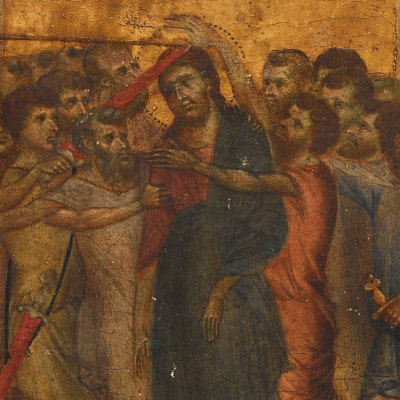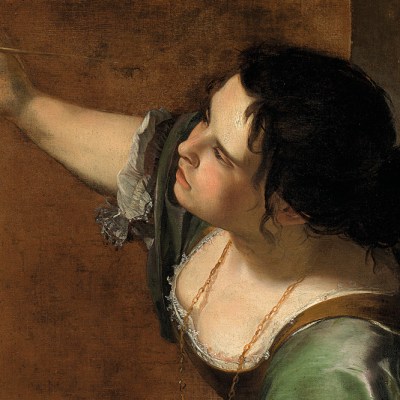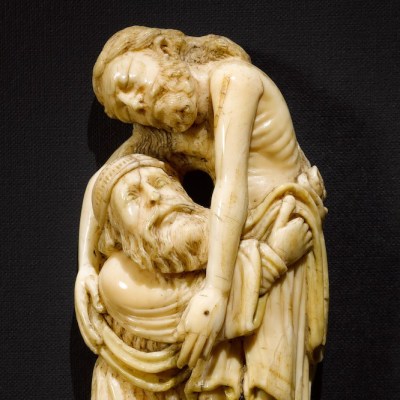
Apollo’s longer selection of the year’s most important museum acquisitions will be published in the December 2024 issue
Fitzwilliam Museum, Cambridge
Apollo Belvedere (c. 1520–22), Pier Jacopo Alari Bonacolsi (‘Antico’)
A miniature Renaissance masterpiece, Apollo Belvedere by Pier Jacopo Alari Bonacolsi, has been acquired by the Fitzwilliam Museum. The work is a 41.3cm-high copy of the famous ancient Roman copy of a Greek statue, rendered in parcel-gilt bronze with eyes of inlaid silver. The work belonged to the collector Mildmay Thomas Boscawen (1892–1958) and was most recently owned by the property developers Cecil and Hilda Lewis, who have donated it under the Acceptance in Lieu scheme in part settlement of a £10.5m bill for inheritance tax. Luke Syson, the director of the museum, has described it as ‘perhaps the most quintessentially Renaissance work we own’.
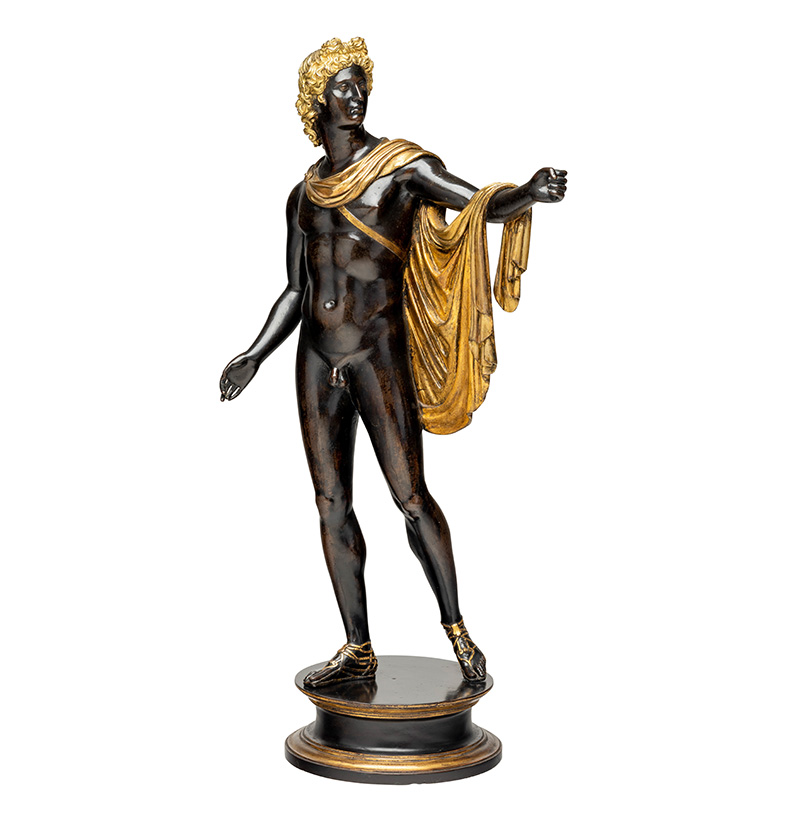
J. Paul Getty Museum, Los Angeles
Madonna of the Cherries (c. 1529), Quentin Metsys
One of the most exquisite works by the early Netherlandish master Quentin Metsys, Madonna of the Cherries was first recorded as being owned by the Antwerp-based collector Cornelis van der Geest, but disappeared after being sold in 1668. When it turned up at a Christie’s auction in 2015 it was thought to be a copy from Metsys’s studio, and sold for £255,000. Now, after a significant restoration and conservation process, the work has been confirmed as Metsys’s and has been purchased at auction by the Getty for £10.7m, making it the most expensive work by the artist ever sold.
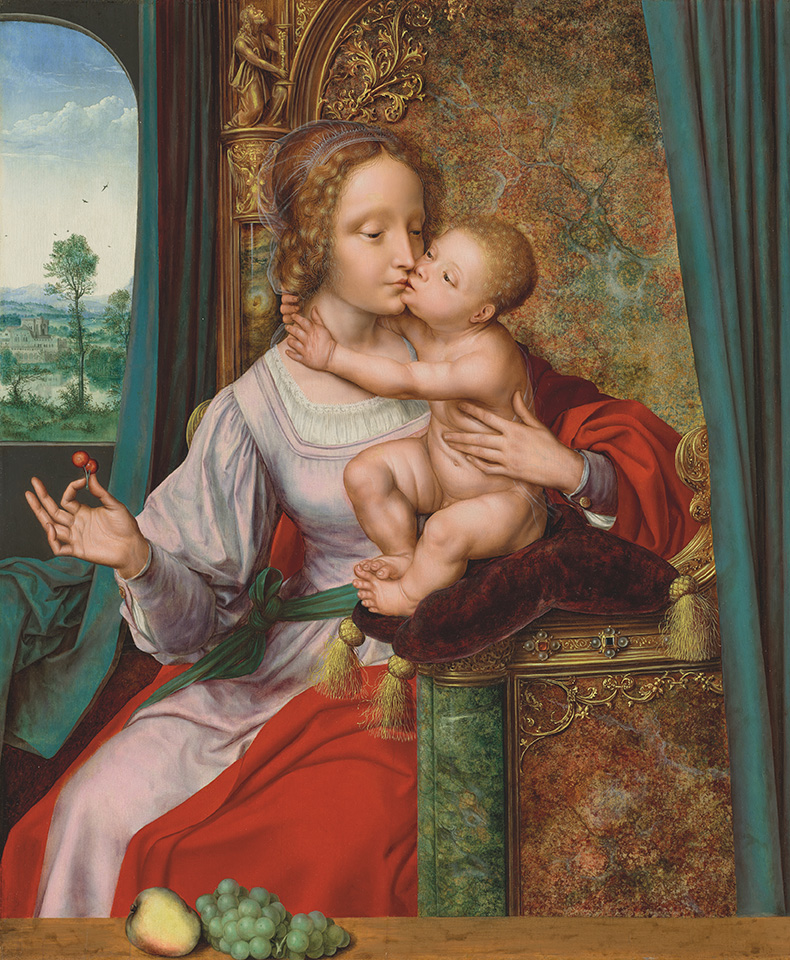
Kimbell Art Museum, Fort Worth
Penitent Mary Magdalene (1625–26), Artemisia Gentileschi
In September 2021, Jesse Locker, professor of art history at Portland State University, published an article in Apollo suggesting the discovery of a long-lost Gentileschi that had previously been thought to be a copy of the original, held in a private collection in the United States. Locker wrote: ‘In every respect, it is clearer, brighter, more legible, and better painted than the other versions, and shows a subtlety of light and colour, and masterful portrayal of flesh and fabric, that is consistent with the artist at the height of her powers.’ It was bought this year by the Kimbell for an undisclosed fee, and is now on public display for the first time since the 17th century.
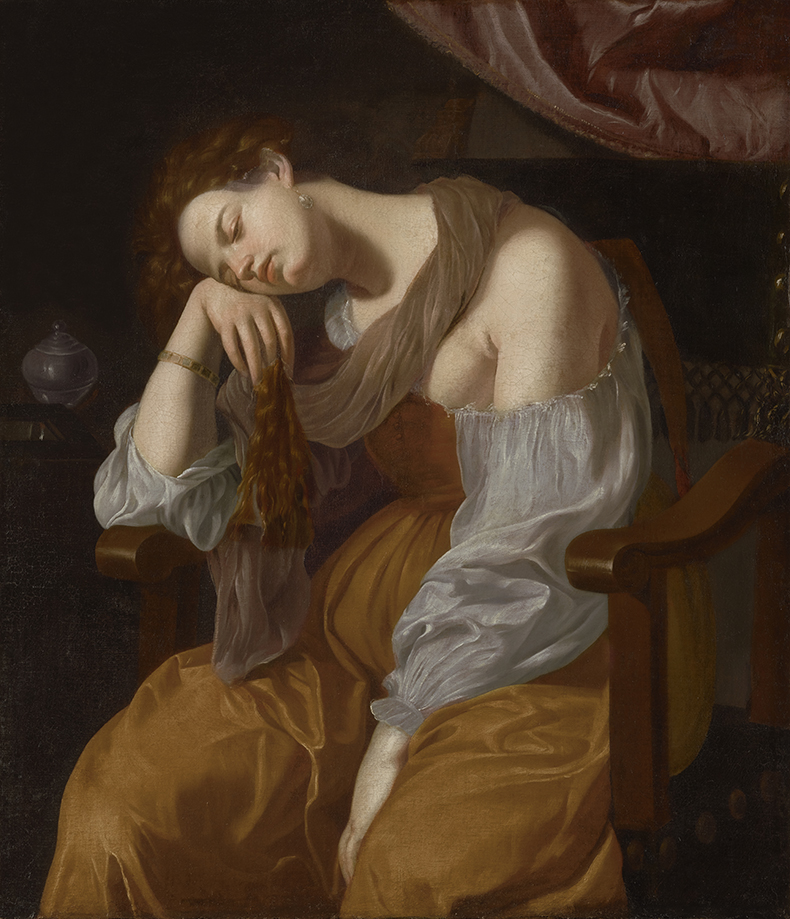
Legion of Honor, San Francisco
Portrait of Bianca degli Utili Maselli and Her Children (c. 1604–05), Lavinia Fontana
Lavinia Fontana was one of the leading Bolognese mannerist painters of her day, one-time studio assistant to Giorgio Vasari and painter of the now-lost Martyrdom of St Stephen for the Basilica of San Paolo fuori le Mura in Rome. The Legion of Honor has acquired her remarkable painting of the noblewoman Bianca degli Utili Maselli and six of her children (she bore 19 in total, outliving all but three of them). The painting has been in private collections for most of its life and was acquired through the support of major donors as part of the museum’s centenary celebrations.
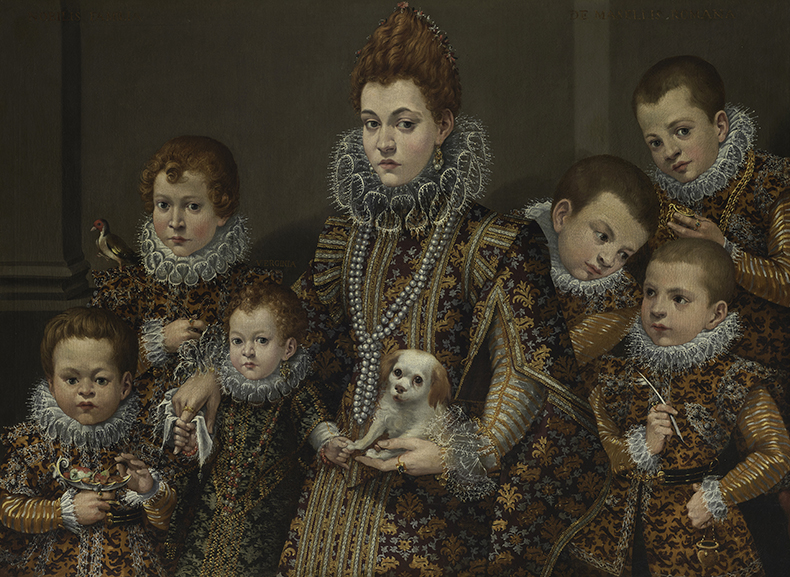
Musée du Louvre, Paris
The Mocking of Christ (c. 1280), Cimabue
The panel painting The Mocking of Christ numbers among some 15 works attributed to Cimabue, most of which are frescoes. This work, formerly in private hands, belongs to a group of panels from which only two other examples are now known – one in the Frick Collection in New York and the other at the National Gallery in London. It was discovered in 2019 by a French auctioneer who was estimating an elderly woman’s belongings, and subsequently confirmed as an original. The Louvre purchased the work for around €24m; it joins the museum’s Cimabue masterpiece Maestà (c. 1280), which is currently undergoing conservation work.
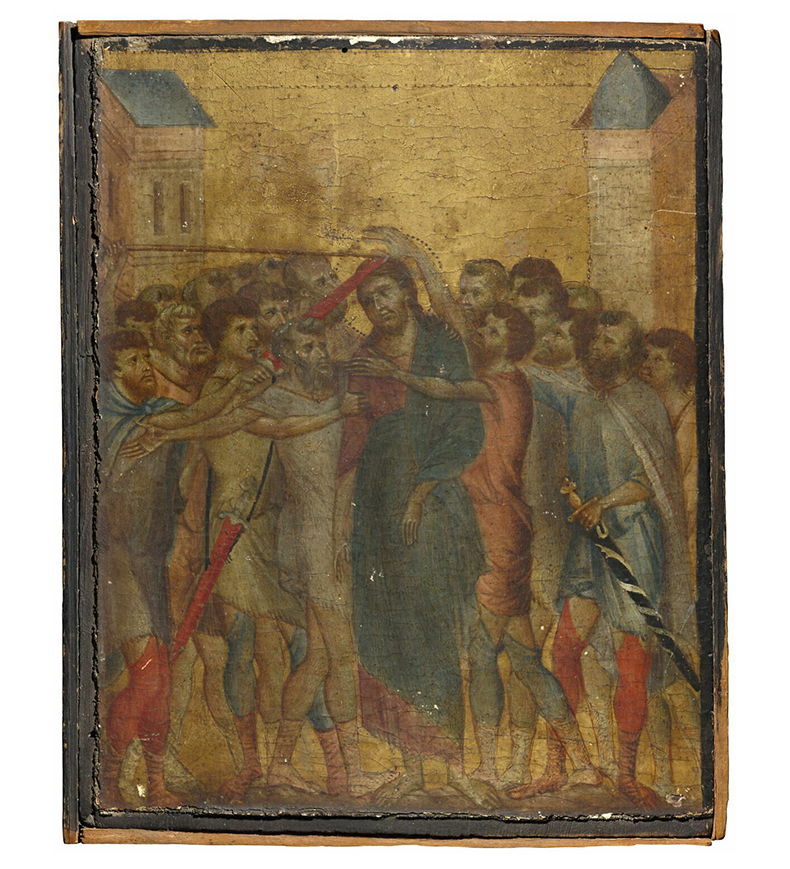
Museo Nazionale del Bargello, Florence
Madonna of via Pietrapiana (c. 1450–55), Donatello
After nearly two years of negotiations, the terracotta relief Madonna of via Pietrapiana (c. 1450–55) by Donatello has been acquired by the Italian Ministry of Culture for the National Museum of Bargello. It is the only autographed work by the Florentine master to have remained in private hands and shows the expressiveness and detail typical of the artist. The sculpture, which was originally placed in a tabernacle on the facade of a building at 38 via Pietrapiana, will go on permanent display in the Bargello’s Salone di Donatello.
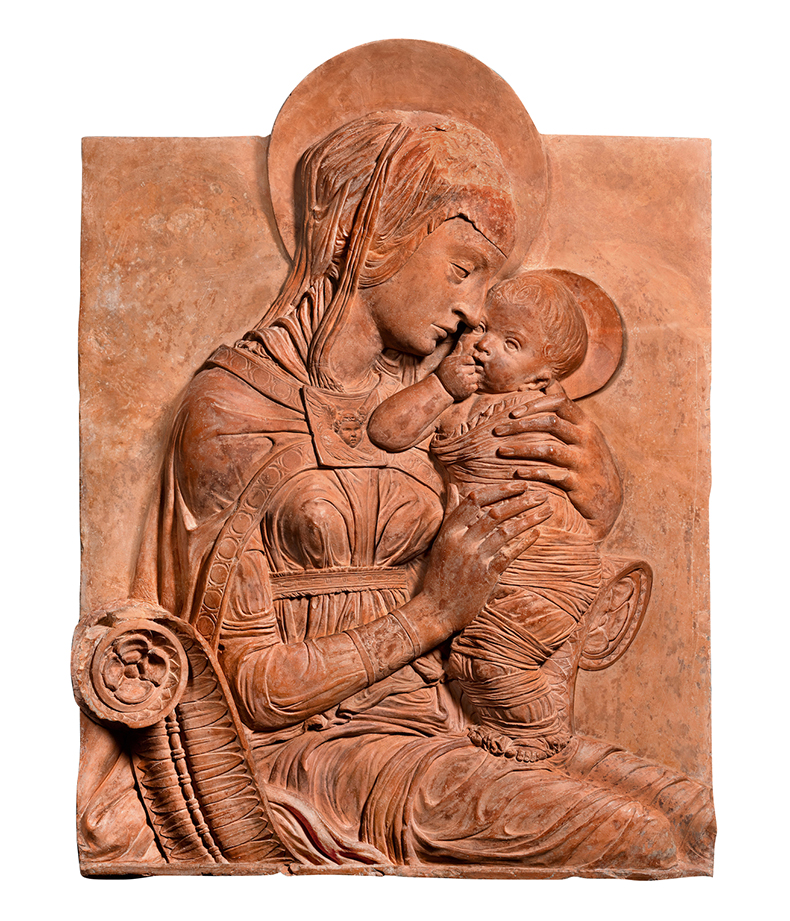
Musée d’Orsay, Paris
The Hope Cup (1855), Jean-Valentin Morel
The Musée d’Orsay’s considerable collection of objets d’art has a new recruit in the form of the Hope Cup, an intricate jasper, gold and enamel piece created by the French jeweller Jean-Valentin Morel, with help from various craftsmen and sculptors. It was presented at the 1855 Paris Exposition, where it earned its creator the grand medal of honour. At the top Perseus is depicted slaying the dragon to liberate Andromeda, who stands in chains towards the bottom, flanked by six Nereids, while Medusa stares down fiercely from the other side of the cup.
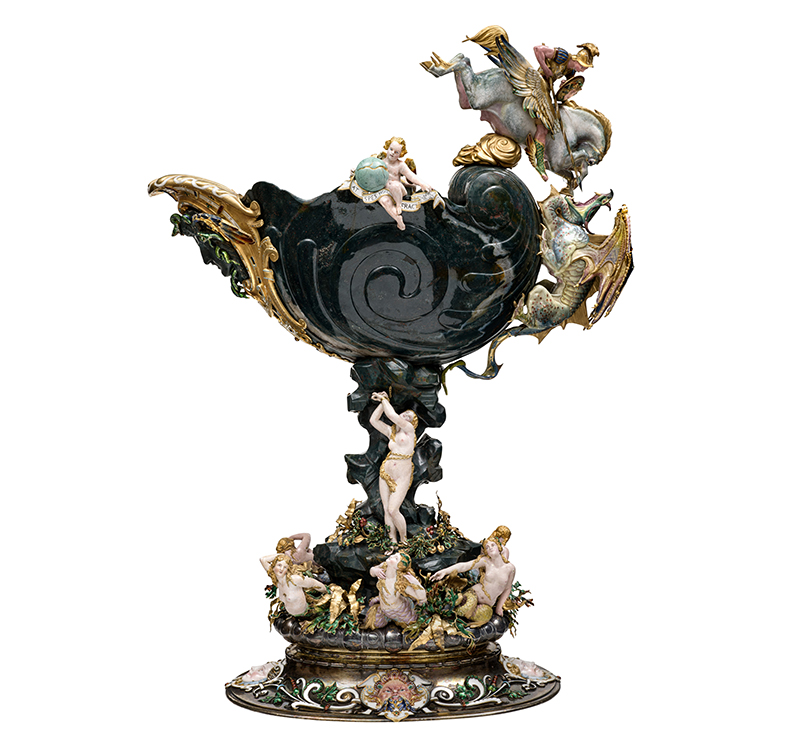
National Gallery, London
Eucharist (c. 1637–40), Nicolas Poussin
Eucharist is one of the seven sacrament scenes painted by Poussin in the late 1630s for his friend and patron the Roman antiquarian Cassiano dal Pozzo. The painting – a dramatic depiction of the Last Supper in which Christ’s vermilion robe provides a focal point in an otherwise muted, markedly rectilinear composition – was owned by the trustees of the Duke of Rutland’s 2000 Settlement; they sold it to the National Gallery as part of a hybrid Acceptance in Lieu arrangement. To accompany the sale, they have also lent the museum on a long-term basis the other painting in the cycle that they own: Marriage.
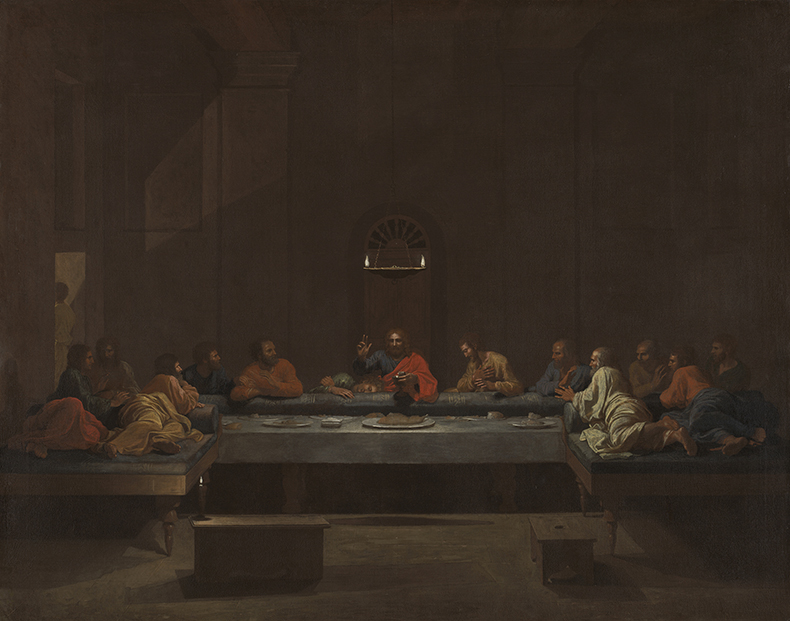
Saint Louis Art Museum
More than 100 works by 20th-century Native American artists from the William P. Healey Collection
A gift of more than 100 drawings, paintings and sculptures from William P. Healey’s collection of Native American art has been made to the Saint Louis Art Museum. The gift comprises work by some 62 Indigenous artists, 55 of whom were not previously represented in the museum’s collection, with a particular focus on artists based in Oklahoma and New Mexico. A rare panel painting by Tonita Peña titled Eagle Dance (c. 1932–33) is among the earliest pieces included in the gift; later works include the abstract Ephemeration (1962) by the painter George Morrison.
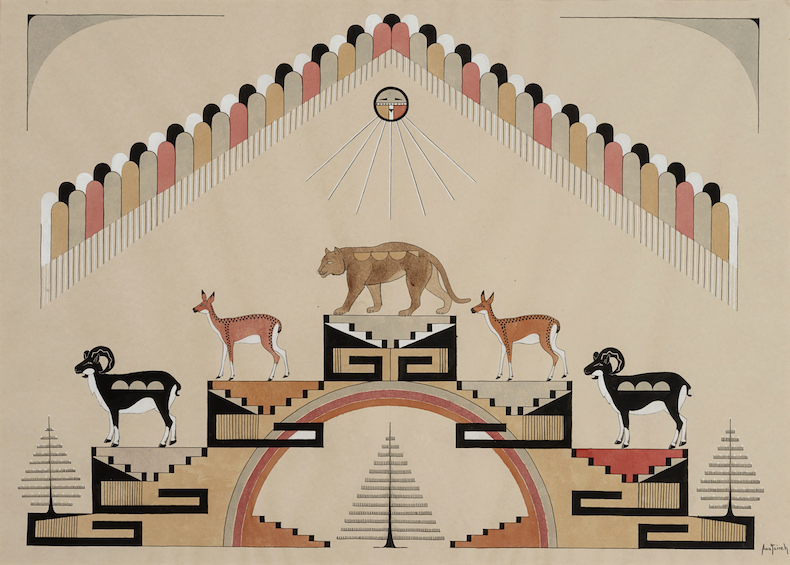
Victoria and Albert Museum, London
12th-century ivory carving of the Deposition of Christ
The V&A raised £2m to acquire a walrus ivory carving, made in York in the 12th century, which in November 2023 had an export bar placed on it after being sold at auction by its owners to the Met. The Romanesque sculpture was described by Sandy Heslop in Apollo as ‘one of the most singular surviving English sculptures of the Middle Ages’, containing ‘an intensity of expression that is otherwise rare in medieval works of art’. For decades the work has been on display at the V&A alongside another carving believed to be from the same altarpiece: an ivory fragment showing Judas being offered bread from the hand of Christ at the Last Supper.
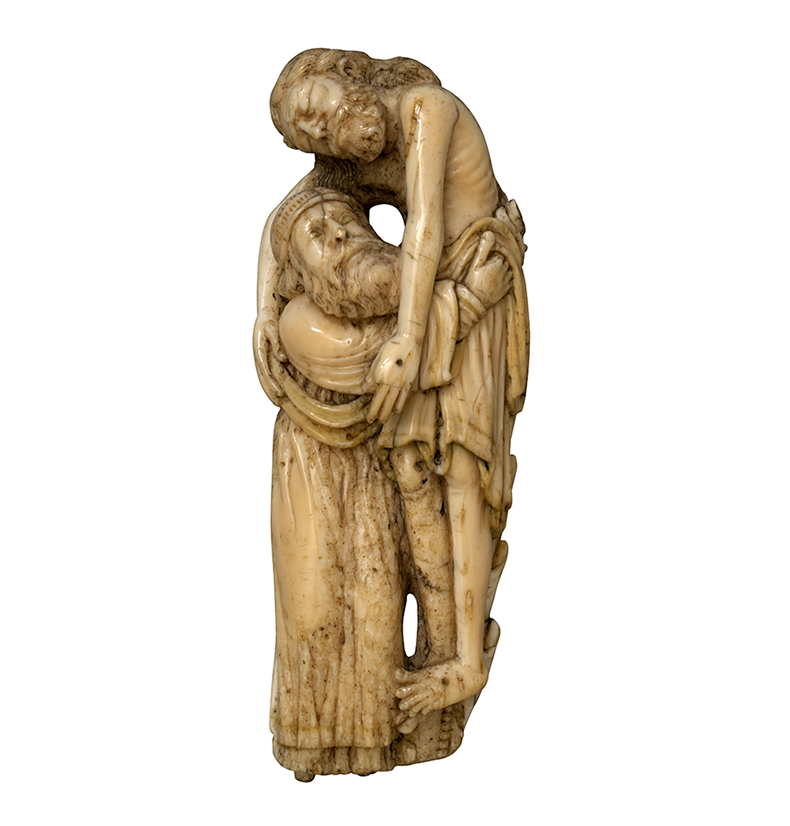
Waddesdon Manor, Buckinghamshire
Moses (c. 1618–19), Guercino
This painting of Moses in communion with God was thought to be by an unknown follower of Guido Reni when it was put up for auction in Paris in 2022 with an estimate of €5,000–€6,000. Several dealers believed it to be a Guercino; the dealer Fabrizio Moretti purchased it for €800,000 and had its authenticity confirmed by experts. It has now been bought by the Rothschild Foundation for Waddesdon for around €2m.
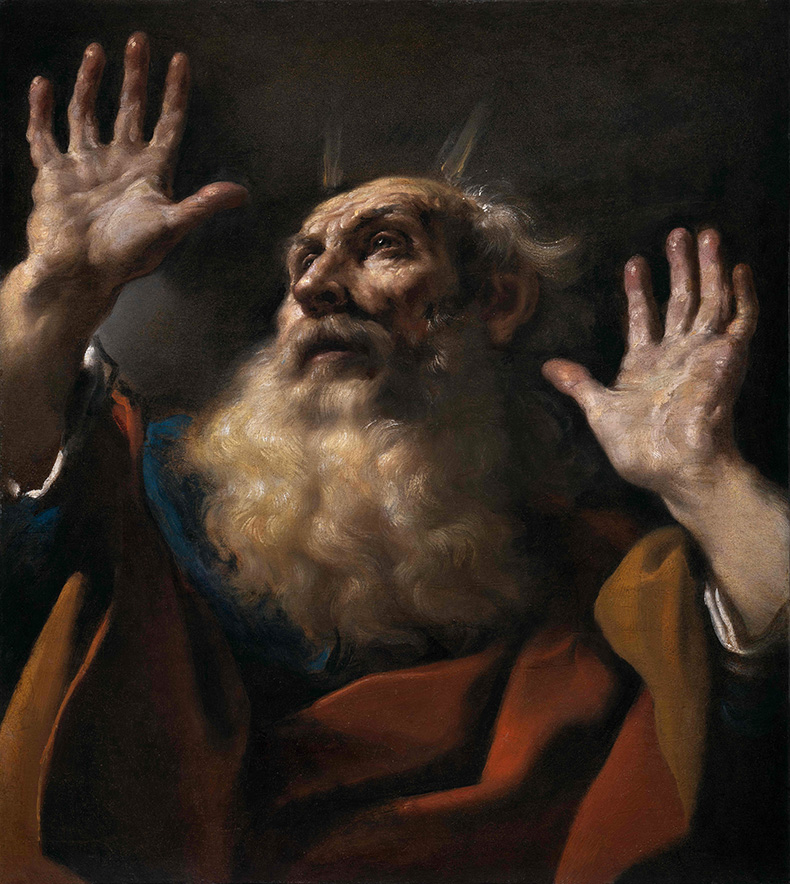
Wadsworth Atheneum Museum of Art, Hartford
Striding Mars (c. 1565–70), Giambologna
One of the earliest high-ticket sales to be announced at TEFAF Maastricht in March was Giambologna’s magnificent bronze Striding Mars, which was bought by the Wadsworth Atheneum from Stuart Lochhead Sculpture for a reported $4m. Original works by the artist rarely appear on the market, and this bronze, one of a group of very few early casts of the sculpture made during the artist’s lifetime (and before he established his own foundry), is in remarkable condition, having undergone extensive cleaning and restoration in 2000.
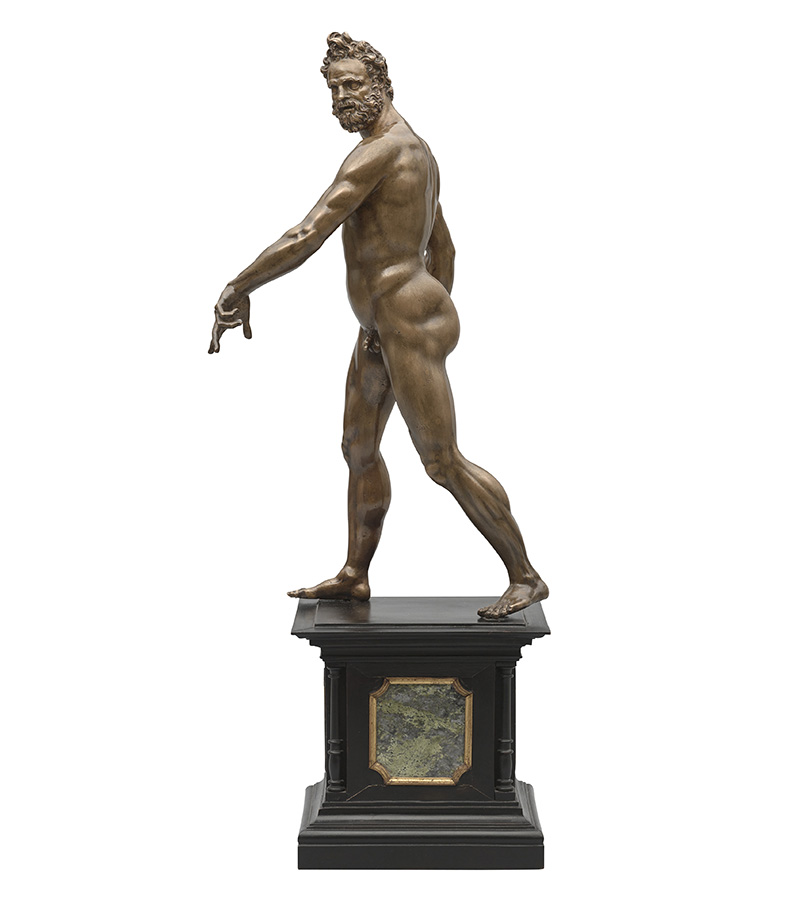
The Shortlists | Artist of the Year | Museum Opening of the Year | Exhibition of the Year | Digital Innovation of the Year | Book of the Year


